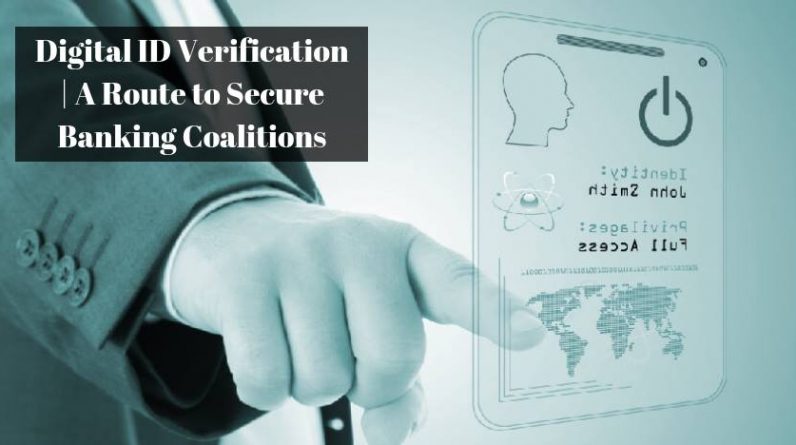
In an age where data breaches, identity theft, and financial frauds have become a common occurrence, a solution for ID verification has become a necessity, especially for financial institutions around the world. Banks and related financial companies need to streamline and optimize their user onboarding processes, for which, need to incorporate KYC verification solutions within their platforms. Earlier this week, the Wall Street Journal issued an article which stated that major banking groups around the globe, including JP Morgan, Chase & Co. and Citigroup, are looking out for coalitions that may help them streamline their customer onboarding processes through an automated and optimized ID verification solution.
Why is ID verification needed?
The scope of ID Verification for Banks spans towards prevention of scams and data breaches that occur on a daily basis at alarming rates. Therefore, it seems natural that they would want to opt for identity verification services and go for coalitions with government institutions in order to increase the accuracy of their KYC and AML process. With identity frauds on the rise, it is quite common for scammers to impersonate the people who are deceased, are no longer the active customers of the banks, or those unfortunate ones who had their identity particulars stolen. A solution for ID verification is required to ensure that the customers are who they say they are and they only provide the identity documents that belong to them and are not forged or stolen.
Furthermore, as the technologies of the day get smarter, so do the scammers. The trend of synthetic IDs has been on the high these days. Scammers get a hold of identities of a number of different people (dead or alive), mix and match the details and form a completely new identity. These identity particulars are created missing no detail. From a new face to personal details, to completely new ID documents, the extent of synthesis of IDs is considerable. Therefore, these attempts at duping the banks and financial institutions need to be catered to through digitized processes.
Optimizing KYC Verification
Instead of spending hundreds of hours on manually performing KYC verification, fraud prediction softwares can be used to assess the probability of risk for all financial transactions a bank conducts. To verify the identity of the customers, ID verification solutions can be integrated within the banking system to allow for digital verification in real-time using biometric facial recognition techniques, and artificial intelligence based checks for related documents. These verifications can be done in under sixty seconds, that saves time and resources, both.
In addition to computer vision technology, human eyes must be there to oversee the verification process. The best technology for banks that can counteract the high-end frauds will be the one which is created using a hybrid approach of including artificial and human intelligence, along with AML screening against global government databases, watchlists and sanctions lists governed by national and international watchdogs, to screen for criminals, terrorists, and PEPs. Adopting this level of preparations and by staying five steps ahead of the game, the banks, and financial institutions can think of defeating the scammers and establishing a safe and streamlined client onboarding and digitized transaction system.






